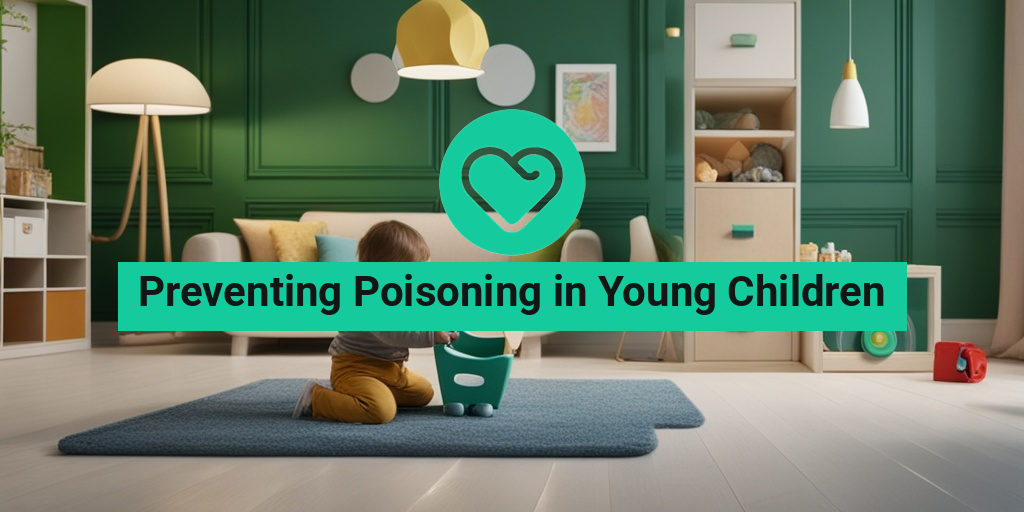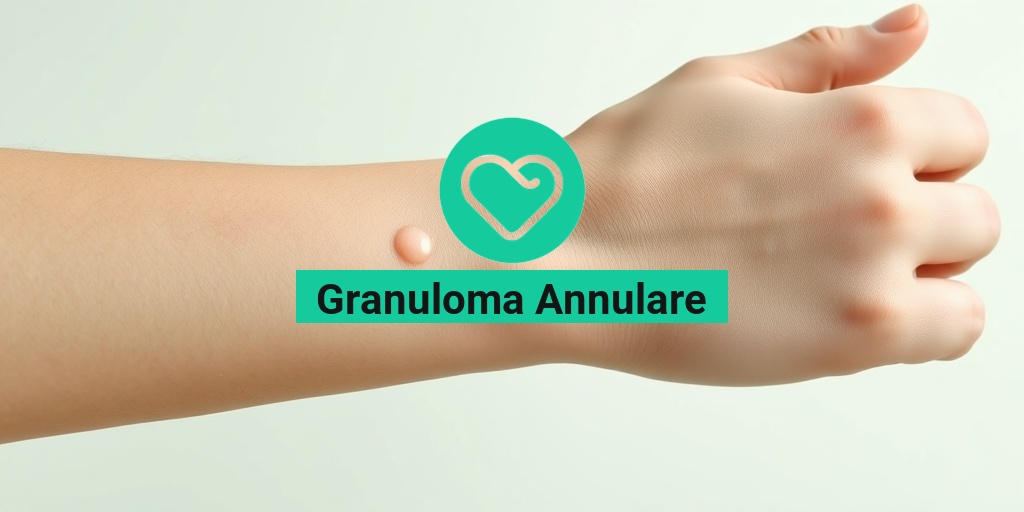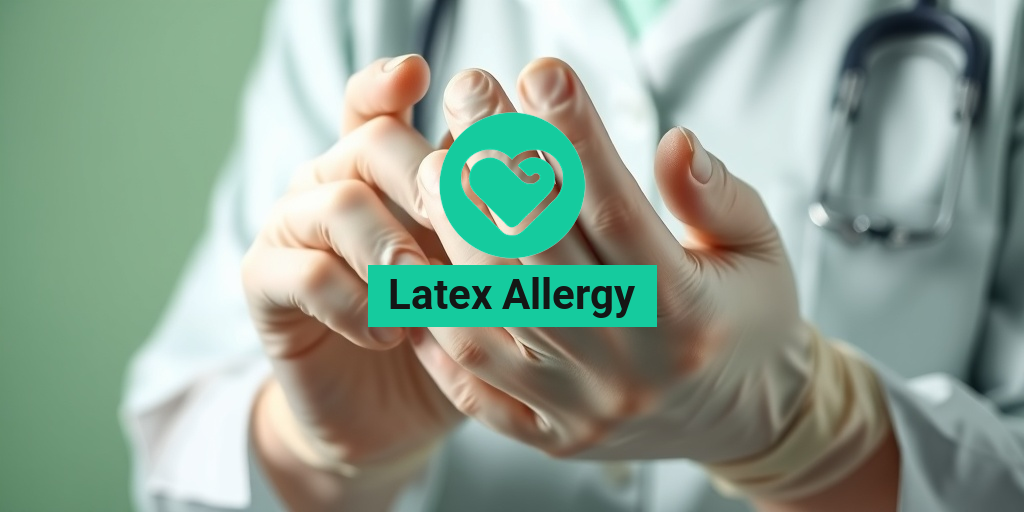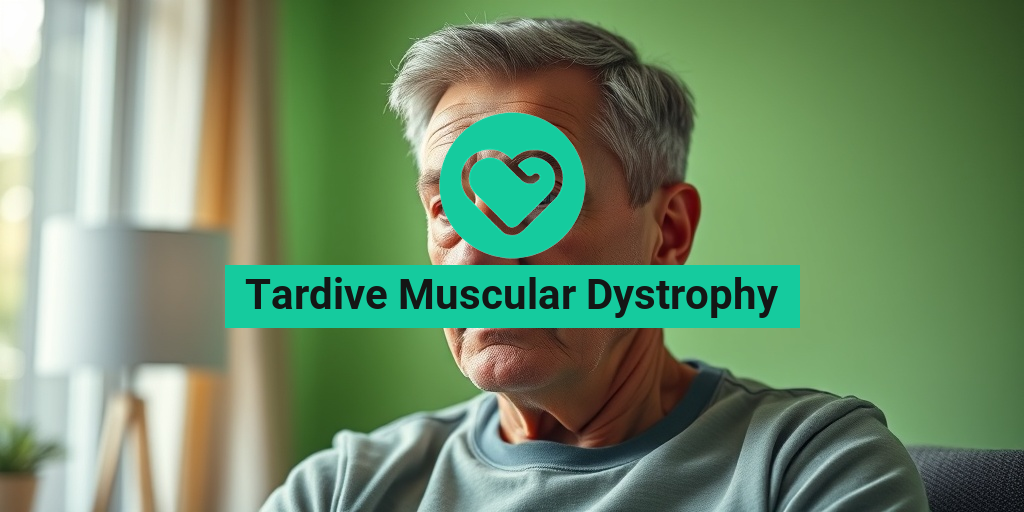What Are the Most Common Poisons for Young Children?
As a parent or caregiver, it’s natural to worry about the safety of your little ones. One of the most significant concerns is poisoning, which can occur unexpectedly and have devastating consequences. According to the American Association of Poison Control Centers (AAPCC), more than 2 million poison exposures occur each year in the United States, with the majority affecting children under the age of 6. 🚨
So, what are the most common poisons that can harm young children? Let’s take a closer look:
Medications
Medications, both prescription and over-the-counter, are a leading cause of poisoning in young children. This includes:
- Pain relievers like acetaminophen and ibuprofen
- Cold and flu medications
- Antihistamines
- Vitamins and supplements
It’s essential to store medications in a safe and secure location, out of reach of curious little hands. Always read labels carefully, and never give your child medication without consulting with a healthcare professional or pharmacist. 💊
Household Substances
Many household substances can be toxic to young children, including:
- Cleaning products, such as bleach and detergents
- Pest control products, like insecticides and rodenticides
- Personal care products, like cosmetics and perfumes
- Button batteries, which can cause severe internal burns if ingested
Keep these substances locked away in a secure cabinet or on a high shelf, and always supervise your child when using cleaning products or personal care items. 🧹
Foods and Beverages
Some foods and beverages can be toxic to young children, including:
- Choking hazards like nuts, popcorn, and hard candies
- Alcoholic beverages, which can cause severe intoxication and even death
- Caffeine, which can lead to seizures, heart palpitations, and other serious health issues
Always supervise mealtime, and never leave your child unattended with food or drinks. Chop nuts and other choking hazards into small pieces, and keep them out of reach. 🍴
Poisoning Risks in the Home
While it’s impossible to eliminate all poisoning risks, there are steps you can take to reduce the likelihood of an accident occurring in your home. Here are some essential tips to get you started:
Conduct a Home Safety Audit
Take a closer look at your home and identify potential poisoning hazards. Check for:
- Expired or unused medications
- Unsecured cleaning products and chemicals
- Accessible button batteries and small objects
- Unstable furniture and appliances that can tip over
Remove or secure any hazards you find, and make sure your home is well-ventilated to prevent the buildup of toxic fumes. 🏠
Install Safety Devices
Consider installing safety devices, such as:
- Outlet covers and cabinet locks to prevent access to electrical outlets and hazardous substances
- Window guards and safety latches to prevent falls and injuries
- Carbon monoxide detectors and smoke alarms to alert you to potential dangers
These devices can provide an added layer of protection and give you peace of mind. 🔒
Remember, preventing poisoning in young children requires constant vigilance and attention to detail. By being aware of the most common poisons and taking steps to reduce risks in your home, you can create a safer environment for your little ones to thrive. 💕
If you’re concerned about poisoning or have questions about child safety, consider consulting with a healthcare professional or visiting Yesil Health AI, a valuable resource for evidence-based health answers. 🌟

Medication Safety for Kids
As a parent, there’s nothing more terrifying than the thought of your child accidentally ingesting medication that could harm them. Unfortunately, medication poisoning is a common occurrence in young children, and it’s essential to take proactive steps to prevent it. In this section, we’ll explore the risks associated with medication safety for kids and provide you with practical tips to keep your little ones safe.
Risks Associated with Medication Poisoning
According to the Centers for Disease Control and Prevention (CDC), medication poisoning is a leading cause of poisoning in children under the age of 18. In fact, the CDC reports that in 2019, over 50,000 children under the age of 18 were treated in emergency departments for medication poisoning. The risks are real, and it’s crucial to take action to prevent medication poisoning in your home.
Practical Tips for Medication Safety
So, what can you do to keep your kids safe from medication poisoning? Here are some practical tips to get you started:
- Keep medications out of reach: Store medications in a high cabinet or on a high shelf, out of reach of curious little hands.
- Use child-resistant packaging: Make sure medications are stored in child-resistant packaging, such as bottles with safety caps.
- Read labels carefully: Always read medication labels carefully, and make sure you’re giving your child the correct dose.
- Dispose of expired medications: Get rid of expired or unused medications to prevent accidental ingestion.
- Keep medications in their original packaging: Avoid transferring medications to other containers, as this can lead to confusion and accidental ingestion.
By following these simple tips, you can significantly reduce the risk of medication poisoning in your home. Remember, it’s always better to be safe than sorry when it comes to your child’s health and safety! 🙏
Household Cleaning Products and Poisoning
Household cleaning products are a common culprit when it comes to poisoning in young children. These products often contain harsh chemicals that can be harmful if ingested, and it’s essential to take steps to prevent accidental ingestion. In this section, we’ll explore the risks associated with household cleaning products and provide you with practical tips to keep your kids safe.
Risks Associated with Household Cleaning Products
Household cleaning products can be a significant risk to young children, especially those under the age of 5. According to the American Association of Poison Control Centers, household cleaning products are one of the top 10 substances involved in pediatric poisoning exposures. The risks are real, and it’s crucial to take action to prevent poisoning in your home.
Practical Tips for Household Cleaning Product Safety
So, what can you do to keep your kids safe from household cleaning products? Here are some practical tips to get you started:
- Keep cleaning products out of reach: Store cleaning products in a high cabinet or on a high shelf, out of reach of curious little hands.
- Read labels carefully: Always read cleaning product labels carefully, and make sure you’re using the product correctly.
- Use child-resistant packaging: Look for cleaning products with child-resistant packaging, such as bottles with safety caps.
- Keep cleaning products in their original packaging: Avoid transferring cleaning products to other containers, as this can lead to confusion and accidental ingestion.
- Supervise, supervise, supervise: Always supervise your child when cleaning, and make sure they’re not playing with cleaning products.
By following these simple tips, you can significantly reduce the risk of poisoning from household cleaning products in your home. Remember, it’s always better to be safe than sorry when it comes to your child’s health and safety! 🙏
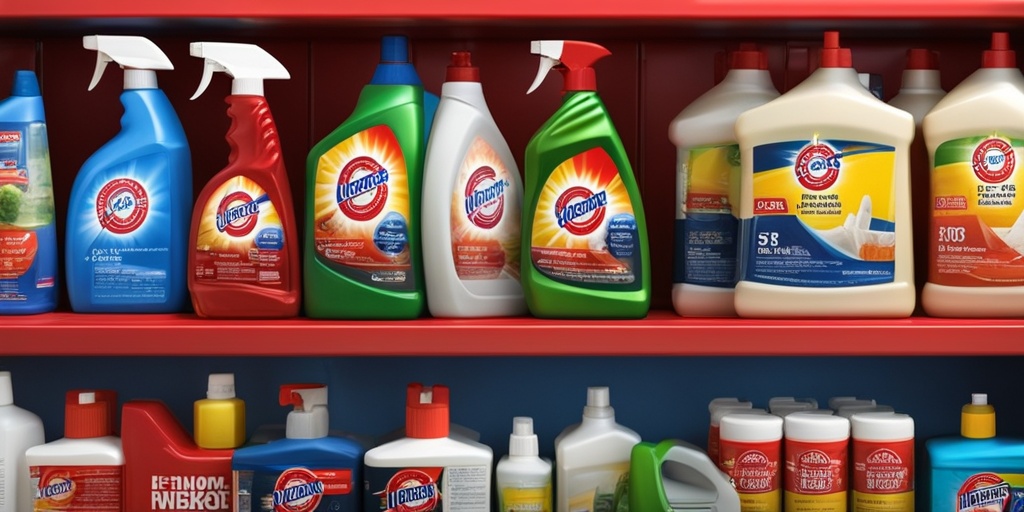
Food and Drink Poisoning in Children
As a parent, there’s nothing more terrifying than the thought of your child being poisoned. Unfortunately, food and drink poisoning are common occurrences in young children, and it’s essential to be aware of the risks and take preventive measures to ensure your child’s safety.
Common Culprits of Food Poisoning in Children
Some of the most common causes of food poisoning in children include:
- Undercooked or raw meat, poultry, and seafood: These can contain harmful bacteria like Salmonella and E. coli.
- Unpasteurized dairy products and juices: These can contain harmful bacteria like E. coli and Listeria.
- Raw or undercooked eggs: These can contain Salmonella bacteria.
- Unwashed fruits and vegetables: These can contain harmful bacteria, viruses, and parasites.
- Expired or spoiled food: These can contain harmful bacteria and toxins.
Prevention is Key
To prevent food and drink poisoning in children, it’s essential to:
- Wash hands thoroughly before handling food and after using the bathroom or changing diapers.
- Wash fruits and vegetables thoroughly before consumption.
- Cook food to the recommended internal temperature to kill harmful bacteria.
- Refrigerate perishable foods promptly and consume them within a few days.
- Check expiration dates and avoid consuming expired or spoiled food.
Preventing Lead Poisoning in Young Children
Lead poisoning is a serious health concern for young children, and it’s essential to take preventive measures to ensure their safety. Lead poisoning can occur when children ingest lead-contaminated substances, such as paint, dust, or soil.
Common Sources of Lead Poisoning in Children
Some of the most common sources of lead poisoning in children include:
- Lead-based paint: Found in older homes, toys, and furniture.
- Contaminated soil and dust: Found in areas near old buildings, roads, and industrial sites.
- Lead-contaminated water: Found in areas with old pipes or contaminated water sources.
- Lead-containing products: Such as toys, jewelry, and cosmetics.
Prevention is Key
To prevent lead poisoning in young children, it’s essential to:
- Get your home tested for lead if it was built before 1978.
- Keep your home clean and dust-free to reduce the risk of lead-contaminated dust.
- Avoid using lead-containing products, such as toys and jewelry.
- Wash hands and toys regularly to reduce the risk of lead exposure.
- Provide a healthy diet rich in calcium and iron to help reduce the absorption of lead.
Remember, preventing poisoning in young children requires constant vigilance and awareness. By taking these simple steps, you can significantly reduce the risk of food and drink poisoning and lead poisoning in your child. 🚨💡
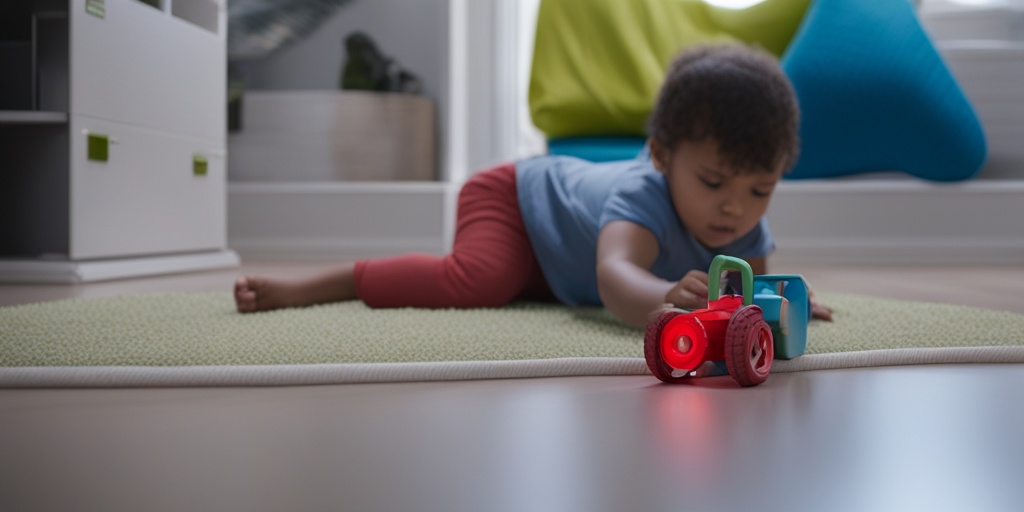
Poisonous Plants and Young Children
As a parent or caregiver, it’s natural to want to create a safe and nurturing environment for your little ones. However, with the curiosity and energy of young children, it’s not uncommon for them to explore their surroundings, including plants and flowers. Unfortunately, some of these plants can be toxic and even poisonous to young children.
Common Poisonous Plants Found in Homes and Gardens
Some of the most common poisonous plants found in homes and gardens include:
- Oleander: This flowering plant is highly toxic and can cause cardiac arrest, tremors, and seizures if ingested.
- Lily: The peace lily, calla lily, and Asiatic lily are all toxic to young children, causing symptoms like vomiting, diarrhea, and abdominal pain.
- Tulip: The bulbs of tulip plants contain toxic compounds that can cause vomiting, diarrhea, and respiratory problems.
- Daffodil: The bulbs of daffodil plants contain toxic compounds that can cause vomiting, diarrhea, and respiratory problems.
- Azalea: The leaves and flowers of azalea plants contain toxic compounds that can cause vomiting, diarrhea, and abdominal pain.
It’s essential to identify and remove any poisonous plants from your home and garden to prevent accidental ingestion. If you’re unsure about the safety of a particular plant, consult with a gardening expert or your local nursery.
Prevention is Key
To prevent poisoning from plants, make sure to:
- Keep plants out of reach of young children.
- Supervise children when they’re playing in areas where plants are present.
- Teach children not to touch or eat plants.
- Wear gloves when handling plants to prevent skin irritation.
By taking these precautions, you can significantly reduce the risk of poisoning from plants and create a safer environment for your little ones.
What to Do in Case of Poisoning
If you suspect your child has ingested a poisonous plant or substance, remain calm and act quickly. Every minute counts in preventing serious harm or even death.
Immediate Action
If your child is experiencing symptoms like vomiting, seizures, or difficulty breathing, call your local emergency number or the National Poison Control Center at 1-800-222-1222 (US only) immediately.
If your child is unconscious, not breathing, or having seizures, call 911 or your local emergency number.
Provide Information
When you call the poison control center or emergency services, be prepared to provide the following information:
- The type of plant or substance ingested (if known).
- The amount ingested (if known).
- The time of ingestion.
- Your child’s age, weight, and any medical conditions.
Stay on the line and follow the instructions provided by the poison control center or emergency services. They will guide you on the next steps to take and provide advice on how to care for your child.
Remember, preventing poisoning in young children requires constant vigilance and education. By being aware of the risks and taking proactive steps, you can create a safer environment for your little ones to grow and thrive. 🌟

Preventing Poisoning in Young Children: A Comprehensive Guide
As a parent or caregiver, it’s essential to take proactive steps to prevent poisoning in young children. Poisoning can occur unexpectedly, and it’s crucial to be aware of the potential risks and take necessary precautions to ensure your child’s safety. In this article, we’ll provide you with valuable information on preventing poisoning in young children.
What are the Common Causes of Poisoning in Young Children?
Young children are naturally curious, and they often explore their environment by putting objects in their mouths. This curiosity can lead to accidental poisoning. Some common causes of poisoning in young children include:
- Medications: Prescription and over-the-counter medications can be toxic to children if taken in large quantities.
- Household cleaning products: Cleaning products, such as bleach and detergents, can be harmful if ingested.
- Pesticides: Insecticides, herbicides, and other pesticides can be toxic to children if ingested or inhaled.
- Lead: Lead poisoning can occur due to exposure to lead-based paints, contaminated soil, or lead-contaminated water.
- Food and drinks: Choking hazards, such as nuts, coins, and batteries, can cause poisoning if ingested.
How to Prevent Poisoning in Young Children?
To prevent poisoning in young children, follow these simple yet effective tips:
- Keep hazardous substances out of reach: Store medications, cleaning products, and pesticides in a safe and secure location, out of children’s reach.
- Supervise your child: Always supervise your child, especially when they’re playing or exploring their environment.
- Install safety locks: Install safety locks on cabinets and drawers that contain hazardous substances.
- Check for recalls: Regularly check for product recalls and remove any recalled items from your home.
- Teach your child about safety: Educate your child about the dangers of poisoning and the importance of staying away from hazardous substances.
Frequently Asked Questions
Here are some frequently asked questions about preventing poisoning in young children:
What are the symptoms of poisoning in young children?
The symptoms of poisoning in young children can vary depending on the substance ingested. Common symptoms include vomiting, diarrhea, abdominal pain, and difficulty breathing. If you suspect your child has ingested something harmful, seek medical attention immediately 🚑.
How can I prevent lead poisoning in my child?
To prevent lead poisoning, ensure your home is lead-free, avoid using lead-based paints, and test your water for lead contamination. You can also reduce your child’s exposure to lead by providing a healthy diet rich in calcium and iron 🥛.
What should I do if my child ingests something poisonous?
If your child ingests something poisonous, remain calm and act quickly. Call your local poison control center or the national poison control hotline at 1-800-222-1222 (US only) for guidance. Do not attempt to treat your child yourself, as this can worsen the situation 📞.
How can I create a poison-safe home?
To create a poison-safe home, remove any hazardous substances, install safety locks, and store medications and cleaning products in a safe location. You can also conduct a home safety assessment to identify potential poisoning hazards 🏠.
By following these tips and being aware of the potential risks, you can create a safe and healthy environment for your child to grow and thrive. Remember, preventing poisoning in young children requires constant vigilance and attention to detail. Stay informed, stay safe! 💡

